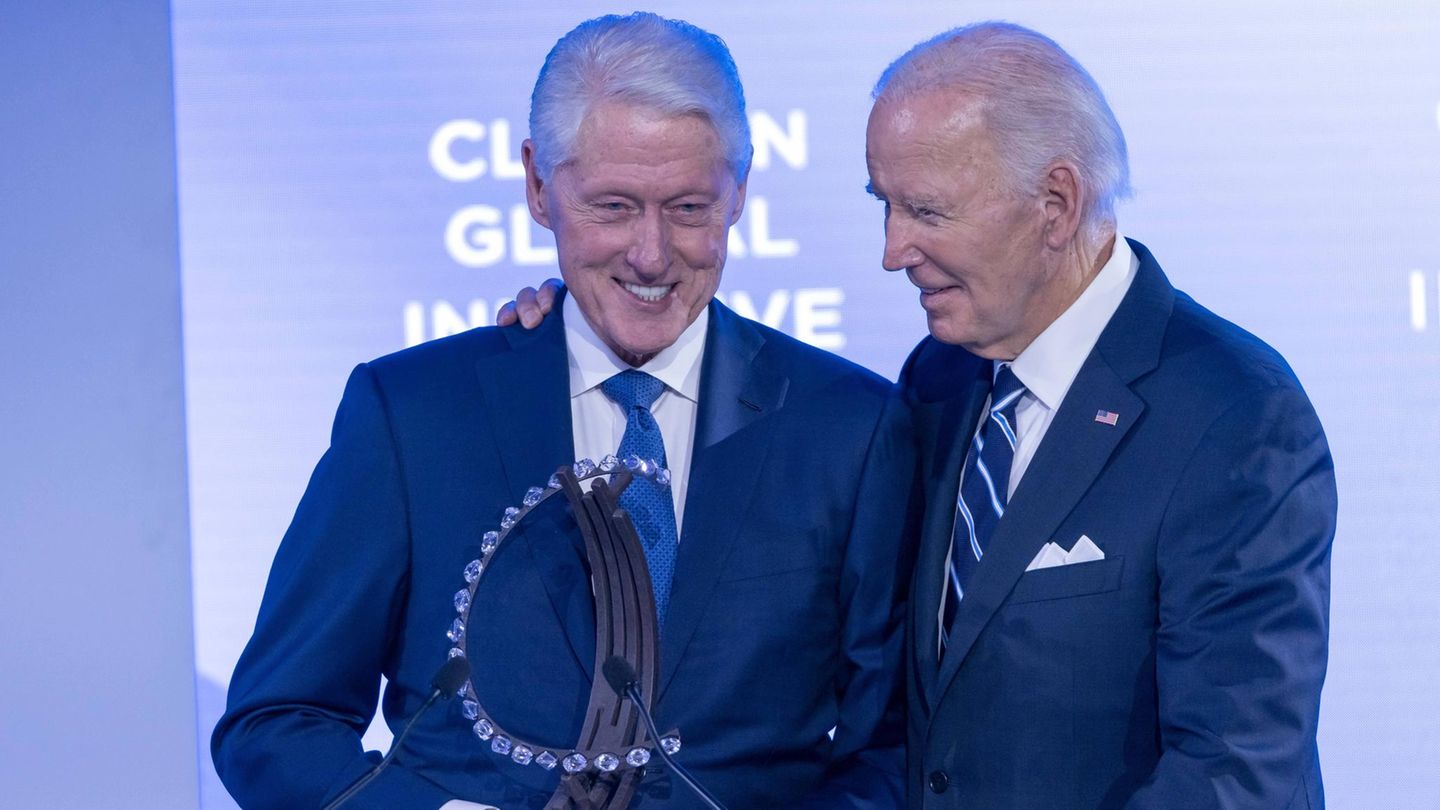In the middle of the extensive section of the pavilion the United Nations (UN) climate change conferencesmall blue drink cans are displayed on a counter belonging to Singapore. At the event, different actors compete for attention in a space where countries, non-profit organizations and technology companies use large, eye-catching posters to attract the thousands of people who pass by.
Those who pass by the place find out that The cans are beer, specifically NEWBrew brandand they are delivered free of charge. Of course, it brings a surprise: It is made with treated wastewater.
This novel process impacted some of the attendees, such as Ignace Urchil Lokouako Mbouambouainternational relations student from Congo: ”I didn’t know. I was very surprised. I can even suggest that they make more and more of this type of beer.”
The drink is made in Singapore with NEWaterthe name for treated wastewater that is part of a national campaign to conserve every drop in one of the most water-scarce places in the world. It, which some attendees jokingly call “wastewater beer,” is one of many examples of climate and environmental innovations on display during this year’s climate talks in Azerbaijan. .
The problem of drinking water in the face of the advance of climate change
Providing clean water to a growing population is one of the world’s most urgent problems as climate change accelerates. The use of wastewater exposes this situation, and for years Singapore has been a leader in water management and innovation: With 6 million inhabitants and located in Southeast Asia, one of the most densely populated countries, It has no natural water sources.
In addition to Malaysia’s water imports, the other pillars of its national strategy are harvesting, desalination and recycling. Authorities have said they need to increase the use of all water sources, as demand is expected to double by 2065.
What is new to a large part of the world is not new to Singaporeans, as that national campaigns have existed for decades, ranging from petitions for water conservation to demonstration of the wastewater recycling process. To illustrate, in 2002, the then prime minister Goh Chok Tong was photographed drinking a bottle of NEWater after a tennis match, to normalize its use.
Ong Tze-Ch’inchief executive of the Public Utilities Board, Singapore’s national water agency, said: NEWBrew was developed by a local brewery in 2018. The idea was to exhibit treated wastewater at the International Water Week held every two years in the country.
The beer was produced again in 2022, 2023 and again this year: ”It is part of the acceptance of the use of recycled water, which in general is a difficult issue,” Ong said. ”We did a lot of things to push it,” he added.
NEWBrew beer: what does it taste like and how much does it cost?
”I chose this flavor,” Ong said, adding that he was part of the group that worked with the brewery for this year’s version, a ‘‘modern pilsner’. And he added: ”You know, beer is always very subjective,” laughing.
After attending a panel on water management at the Singapore pavilion, Peter Rummeldirector of infrastructure policy development at Bentley Systems, walked up to the counter and grabbed a beer. He later explained that he was in a good position to judge the beer, as it came from Munich, Germany, home of the Oktoberfest beer festival: ”It’s fresh, light. “It has a pleasant flavor.”
Wee-Tuck Tangeneral manager of the local brewery, The Brewerkz Grouphe said that already They have produced around 5,000 liters, or approximately 15,000 cans, for each edition of NewBrew. He assured that they use the same process as with other beers, and the cost is also similar, about S$7 per can when purchased from a supermarket.
Likewise, Wee-Tuck said he believes the beer has changed the way some in Singapore view NEWater: ”They think it has a strange taste,” he said. ”When you add it to a beer, it changes the mentality. “Most people can’t tell the difference.” Finally, stressed the importance of using the term ”used water”, instead of ”wastewater”.
Source: Ambito




